For 175 years, Leicester Museum and Art Gallery has been bringing people together to enjoy art, history and science, for free. Our editor, Louise Steel, takes a trip down memory lane, recalling childhood visits to the site, which made a huge impression on her as a youngster…
If you take a trip down the city’s New Walk, it’s hard not to notice Leicester Museum and Art Gallery – an impressive, white columned building which sits proudly beside it.
Before becoming a museum – one of the first public museums in the UK, the building started out life as a school – more specifically the nonconformist Leicester Proprietary School, which ran for 12 years.
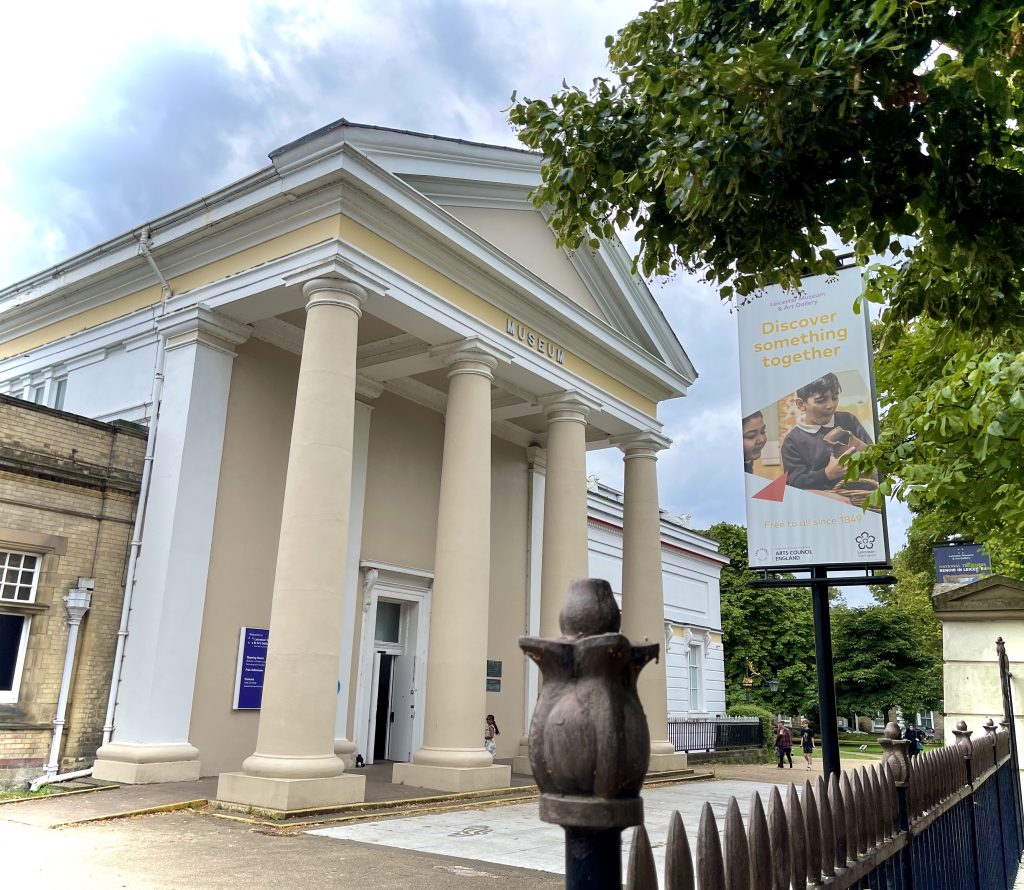
Picture: Pukaar News
It was built in 1837, by Leicestershire architect Joseph Hanson, designer of the hansom cab.
However, in 1849 it took on a second life as the ‘Town Museum’ after the Leicester Literary and Philosophical Society presented its collection of 10,000 objects to the town. In 1888 it was renamed ‘Leicester Museum’.
However, for many, their first encounter with the museum would have been during its time as ‘New Walk Museum and Art Gallery’ – the name it went under between 1997 and 2020. For me, I have vivid memories of visiting the venue as a youngster during my primary school days. I remember wandering around its distinctive zones and buying a souvenir at the end of my visit – a small blue Triceratops in its well stocked gift shop…
Like many children at the time, I had a fascination with dinosaurs, so of course seeing ‘George’ – the enormous 49 foot skeleton which stands in one of the ” rooms, certainly made an impression!
The fixture – a full sized Cetiosaurus skeleton, has taken pride of place at the museum since 1975.

Picture: Visit Leicester
It was found in Rutland in 1968 and is among the most complete sauropod skeletons in the world…
Then there’s the ‘Barrow Kipper’ – the skeleton of an unidentified plesiosaur, which is also displayed at the site. It was discovered in Barrow upon Soar in 1851.
In September 2011, the museum expanded its Dinosaur Gallery, reorganising fossils, adding a new room, and modifying the gallery itself. The new Dinosaur Gallery, which features extinct marine reptiles predominately, was opened by Sir David Attenborough no less.
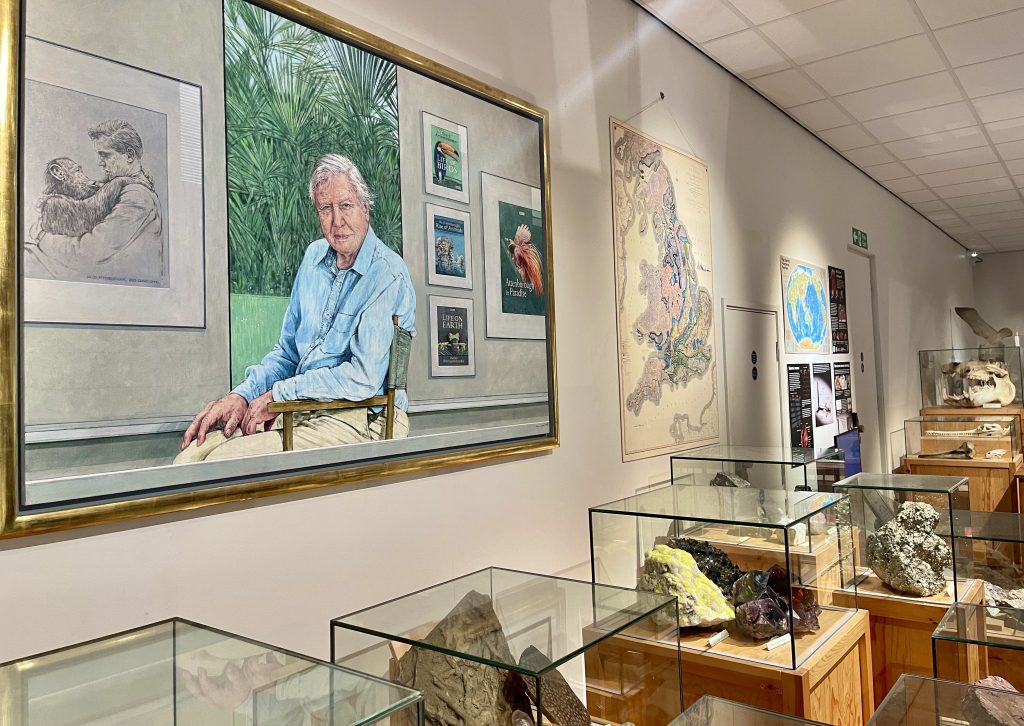
Picture: Pukaar News
Alongside the dinosaurs, another major draw of the museum to me (as a curious youngster), was its intriguing Egyptian zone (which is still just a little bit creepy to me even now as an adult!)
The galleries in this section feature four actual mummies, as well as figurines, canopic jars and fragments of the Book of the Dead. There are plenty of curiosities to pull you in, including a mummified cat complete with tiny teeth! Back in Ancient Egyptian times, cats were sacred creatures and this poor little critter is believed to have suffered a broken neck, ending its journey on earth and transition in to the afterlife…
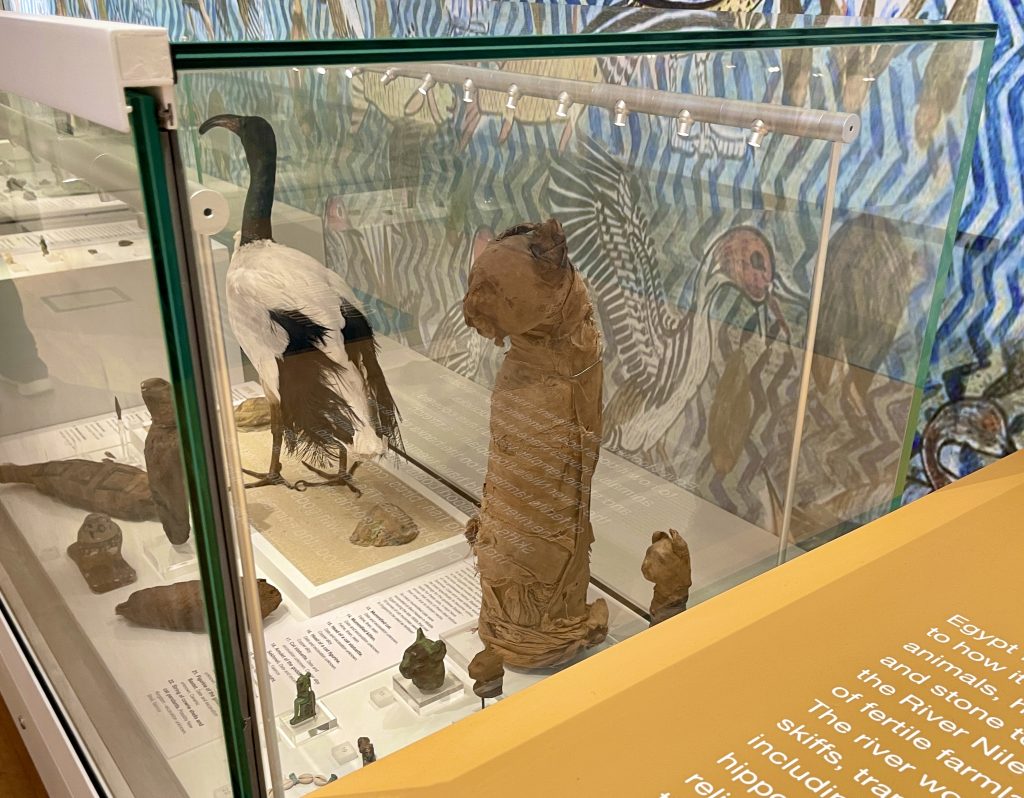
Picture: Pukaar News
The ‘Wild Space Gallery’ was another popular exhibit which housed around 100 taxidermined animals from across the world. It closed earlier this year after 20 years, to make way for a fresh display. Although it is still under development, the new gallery is likely to focus on key issues such as extinction and climate change.
As well as being a museum, the venue is also a gallery of course, and is home to a range of impressive pieces of art. Its stunning ‘Victorian Gallery’ is certainly a sight to behold, with dozens of paintings displayed in elegant gilded frames.
As an aspiring artist during my latter school years, I spent many hours standing in awe of these paintings and studying their splendour – in particular the iconic ‘Perseus on Pegasus’, which usually takes centre stage.
The stunning piece, painting by Frederic Lord Leighton in 1896, sees the mythical Perseus riding the winged horse Pegasus, hastening to the rescue of Andromeda, who is in peril from the Kraken, a terrible sea-monster. Perseus is carrying the head of the slain Medusa, with hair of snakes, whose gaze even after death would turn the beholder to stone…
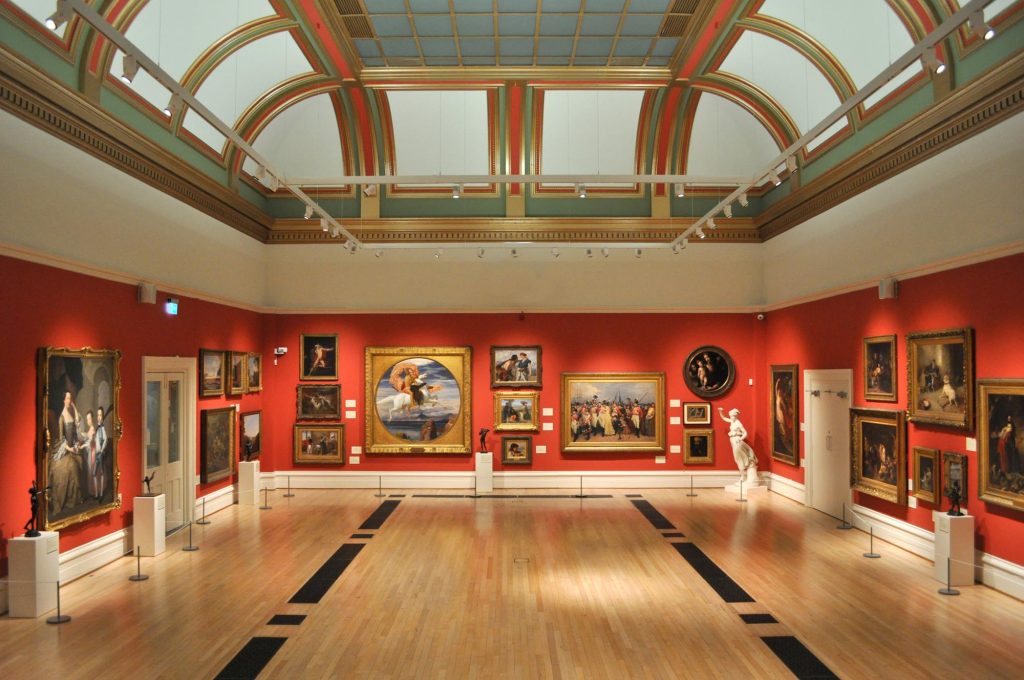
Picture: Pukaar News
During my student years, I was also a huge fan of the animal artist Franz Marc – a German Expressionist painter who worked with bold lines and strong, vivid colours.
I was fascinated to learn that some of his original paintings are housed within the gallery – a small piece called ‘Horse and Donkey’ and also a larger one which takes centre stage.
Marc’s striking ‘Red Woman’, painted in 1912, takes residence in the gallery’s upstairs exhibition and I’ve spent a lot of time looking at the primitive painting up close – examining its smoothness and the quality of the brushstrokes with a strong regard and a great amount of intrigue.
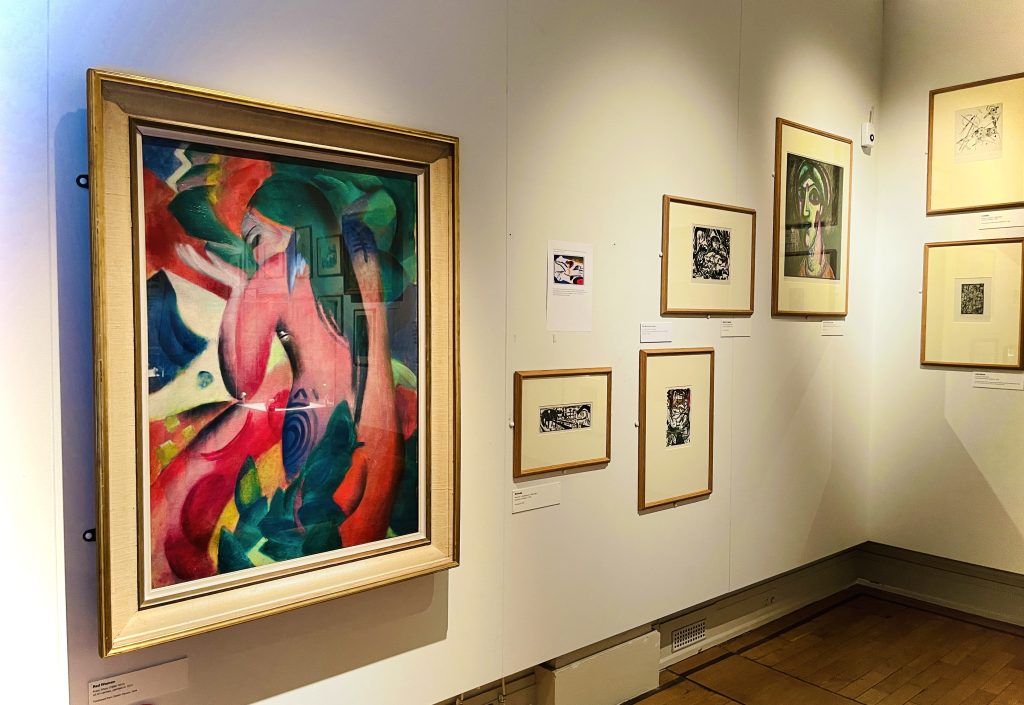
Picture: Pukaar News
Whenever I get chance, I love to pop into the venue, which is now known as Leicester Museum and Art Gallery. It changed its name in 2020 in order to help people from outside the city if they are searching online for Leicester museums. Today Leicester Museum attracts more than 250,000 visitors each year – making it one of the most popular free attractions in the East Midlands.
With a series of revamps and investments on the horizon, I hope more people visit and that they appreciate having such an amazing asset here in Leicester, which is free to enter and explore. A world of wonder awaits – well several in fact.
I hope children and adults alike continue to be amazed and captivated by the wealth of treasures inside…
To find out more, visit:www.leicestermuseums.org



